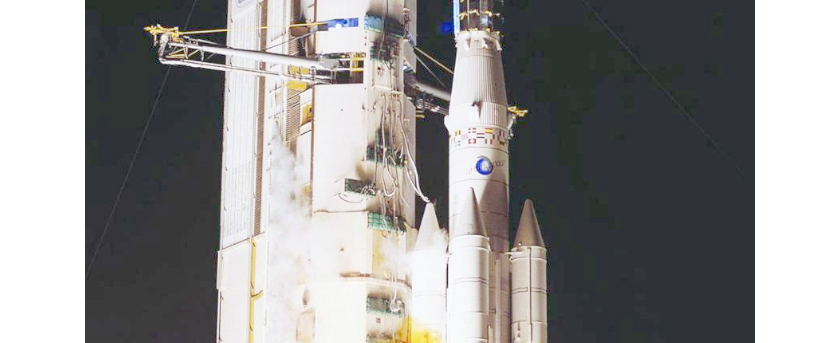
Myanmar News Updated
Highlight Myanmar News

Myanmar’s Reaches High with Satellite Plan
![]() 21/05/2019
21/05/2019
AUTHOR: SWE LEI MON
Myanmar will start implementing a long-term project to launch its own Earth Observation Satellite in Fis-cal Year (FY) 2020, according to the Ministry of Transport and Communication.
"Hokkaido University [Japan] and Myanmar Aerospace Engineering University are collaborating in order to launch an Earth Observation Satellite (EOS) in the third phase of Myanmar’s satellite plan. We expect that we can start implementing the project in FY 2020," said U Win Khant, the permanent secretary of Ministry of Transport and Communication.
According to the remark made by U Myint Swe, Vice President of Myanmar, the three phases of establish-ing a state-owned satellite system are: 1) leasing a satellite transponder from another country, 2) joint ownership of a satellite system, and 3) total ownership of a system.
Myanmar has made use of satellites for some time; in more recent years, however, Phase 1 of this long-term plan began on May 27, 2016, when a five-year lease agreement was signed to make use of satellite channel 360 MHz. This agreement is called MyanmarSat 1; services are provided by a condosat from Intel-sat, a U.S.-based satellite company.
A condosat is a “condominium style” satellite where customers can lease space on a satellite. As with in-dividuals renting a condominium to live in, condosat customers are usually various private organizations, or even countries, that lease space or devices on a satellite.
Phase 2 of Myanmar’s long-term plan for a state-owned satellite will start in November 2019. In an agreement signed on June 1, 2018, Myanmar again leased channels from an Intersat satellite, but this time for 15 years. Myanmar will use six 432 MHz C-band and six 432 MHZ Ku-band channels, for a total of 864 MHz on the new satellite.
The MyanmarSat-2 is under a joint ownership system that will cost the country about $155.7 million over the whole leasing period. The satellite is scheduled to be launched in June 2019.
However, the need for more bandwidth is steadily increasing within many sectors. Additionally, the Minis-try of Transport and Communication explains that the broadcasting, banking, petroleum, mining, and edu-cation sectors are leasing space separately, thus increasing their overall cost. These two issues lead us to Phase 3 in the long-term plan.
The third phase is to launch a satellite that is owned exclusively by Myanmar. The Vice President explained that this step would be conducted when bandwidth usage increases, technological experience has been obtained, and when Myanmar could control the satellite independently. However, he put things into per-spective when he said: “Launching a wholly-owned satellite is expensive. Therefore, efforts will be made towards launching a less expensive Earth Observation Micro-Satellite.”
This is the project that Hokkaido University and Myanmar Aerospace Engineering University are jointly col-laborating on.
It would seem this is all leading toward something bigger. The Vice President also spoke of laws that need to be drafted and prepared to establish a Space Agency. Perhaps such an agency could be called Myanmar Aeronautics and Space Administration, or MASA? Dreaming big, and setting long-term goals, is important to continued improvement and progress.
